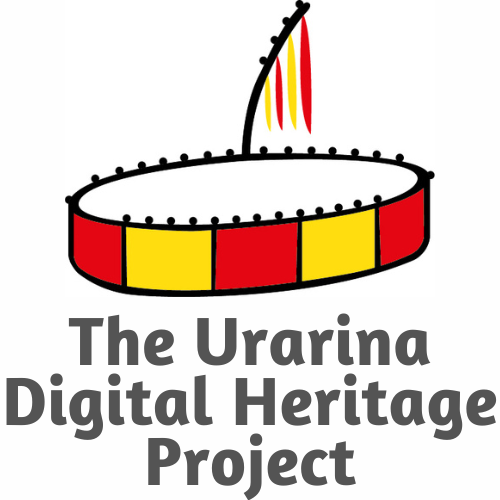The Urarina Digital Heritage Project
The Urarina people recognize themselves under the term Urarinaaürü, which means 'people'. They live in Peru’s Amazonian department of Loreto. Peru’s Ministry of Culture calculates the population of the Urarina at 5,802 people. Urarina society has been shaped by long-term entanglement with missionaries, colonial administrators, and traders, as well as with agents of the “singular” Peruvian nation to which the state gave birth. Following centuries of colonial rule, a pattern of skewed development emerged in Peruvian Amazonia that effectively blocked Indigenous people like the Urarina from full participation in the Peruvian nation-state.
Fusing public anthropology with digital humanities, the Urarina Digital Heritage Project will make use of Indigenous information management systems and cultural protocols to create a digital collection of Urarina cultural heritage and explore issues related to Indigenous digital archives. Working in collaboration with Urarina cultural specialists, the project is dedicated to decolonizing archival practices and modes of access through recognition of Indigenous sensibilities, knowledge practices, and interdictions for the curation of cultural materials—tangible and otherwise. Partnering with scholars and nonacademic members in the United States and Peru, our work aims to facilitate digital spaces for the Urarina communities to maintain, access, narrate, and exchange their digital history and heritage in culturally relevant and ethical ways.
Our use of the Mukurtu platform allows for the presentation of Urarina material heritage in culturally appropriate contexts that are governed by community specific understanding and interpretations. Digital technologies hold great promise for bridging the gap between institutional collections and indigenous communities like the Urarina in the Peruvian Amazon. Furthermore, the separation of indigenous cultural collections held in memory institutions from their original communities creates a gap between tangible and intangible aspects of indigenous cultural heritage. The strategic use of digital technology can assist in mitigating this gap.
It is important to mention, that the physical repatriation across international, institutional and cultural borders is complicated and unlikely to occur with these materials in the forseeable future. Nonetheless, this project will make cultural objects held at the University of Kansas accessible to the originating Urarina community, helping them assert ownership over the materials, while giving scholars access to surrogates for continued study. It will also help the Public Anthropology program explore ethical questions related to public digital archives, and promote and bring awareness to ethical practices related to issues of data, collective privacy, digital infrastructure, and responsive policies associated with Indigenous digital collections.
The Urarina Digital Heritage Project is an international collaborative effort involving member of the Urarina community, researchers in Peru, and faculty, librarians, museum staff and technologists in the U.S. The team will continue to evolve as the project moves into new phases.
This pilot project has been supported by the Center for Latin American and Caribbean Studies at the University of Kansas.

